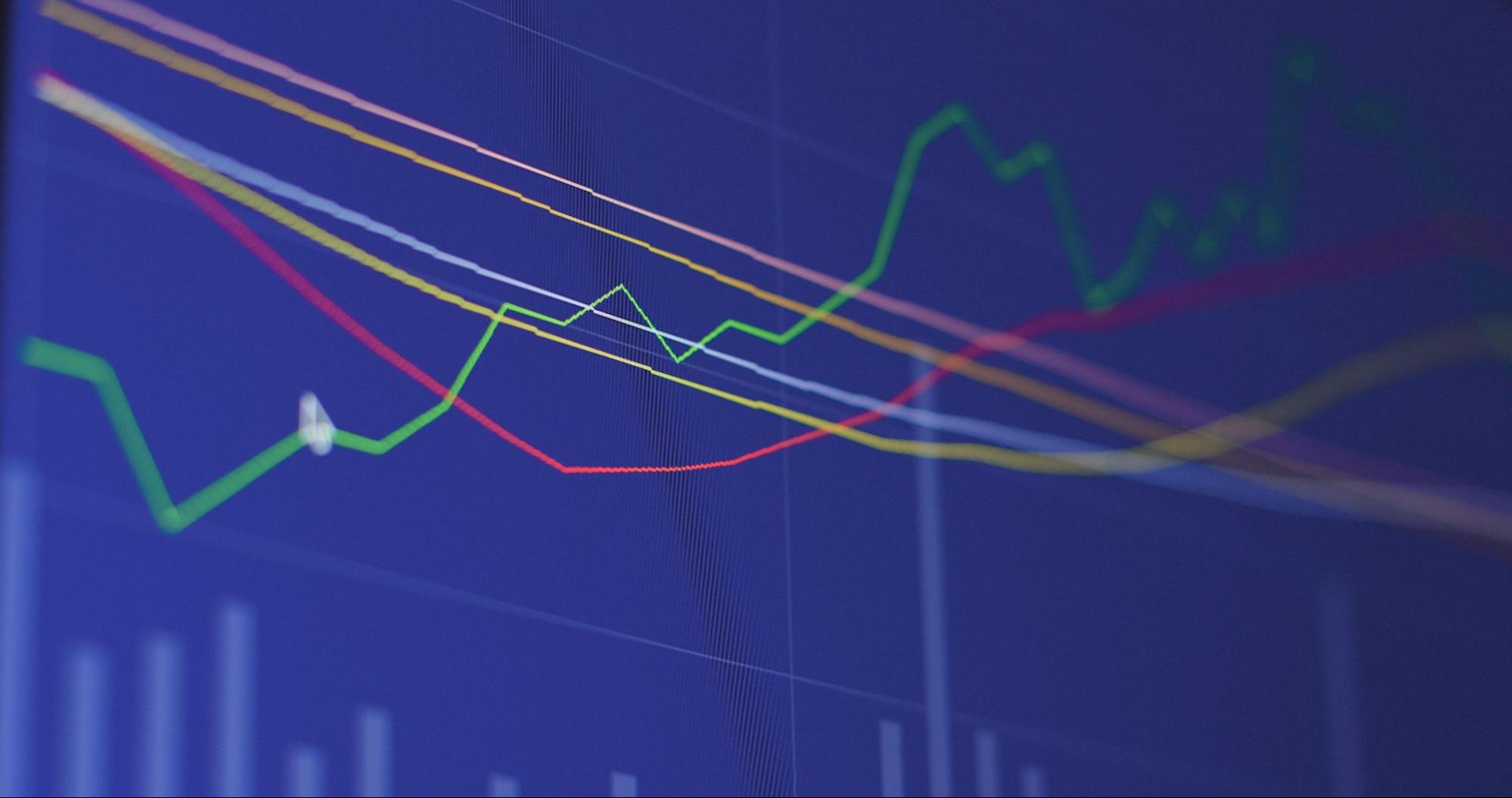
Historical volatility, a statistical measure of price fluctuations over a given period, is a fundamental tool for traders and investors. However, its misuse can lead to significant losses. This article will delve into the five most common mistakes traders make when using historical volatility and provide insights on how to avoid them.
Table of Contents
1. Overreliance on Historical Volatility as a Sole Indicator
One of the most frequent errors is relying solely on historical volatility to make trading decisions. While it provides valuable insights, it’s essential to consider other factors, such as:
- Implied Volatility: This reflects the market’s expectation of future price fluctuations. Discrepancies between historical and implied volatility can present trading opportunities.
- Fundamental Analysis: Understanding the underlying company’s financial health, industry trends, and economic conditions can provide a broader context for price movements.
- Technical Analysis: Chart patterns, support and resistance levels, and momentum indicators can offer additional signals. Consider using platforms like Share India that offer advanced trading tools for technical analysis.
2. Assuming Historical Volatility is Predictive
A common misconception is that historical volatility is a reliable predictor of future price swings. While it can provide clues, past performance is not a guarantee of future results. Factors like market sentiment, unexpected events, and changes in economic conditions can significantly impact volatility.
3. Ignoring the Impact of Time Decay
Time decay, the gradual decrease in the value of options over time, is a crucial factor to consider when using historical volatility. Options with shorter expiration dates tend to have higher volatility, even if the underlying asset’s historical volatility is low.
4. Misinterpreting High Volatility as High Returns
Traders often equate high volatility with high returns. However, this isn’t always the case. While volatility can create opportunities, it also increases the risk of losses. It’s essential to develop a sound risk management strategy and avoid chasing high-volatility trades without proper consideration.
5. Neglecting the Limitations of Historical Data
Historical volatility calculations are based on past data, which may not accurately reflect current market conditions. For instance, periods of low volatility can lull traders into a false sense of security, leading to excessive risk-taking. It’s crucial to stay informed about market developments and adjust trading strategies accordingly.
How to Use Historical Volatility Effectively:
- Combine with Other Indicators: Use historical volatility in conjunction with implied volatility, fundamental analysis, and technical analysis to make more informed decisions.
- Consider Time Decay: Factor in time decay when trading options, especially those with shorter expiration dates.
- Manage Risk: Implement a risk management strategy to protect your capital and avoid excessive losses.
- Stay Informed: Keep up-to-date with market news and events that could impact volatility. Consider using Share India’s trading platform, which offers real-time updates on market volatility.
- Backtest Strategies: Test your trading strategies using historical data to evaluate their effectiveness.
By understanding and avoiding these common mistakes, traders can harness the power of historical volatility to make more informed and profitable trading decisions. Remember, while historical volatility is a valuable tool, it’s essential to use it in conjunction with other factors and exercise sound risk management practices.